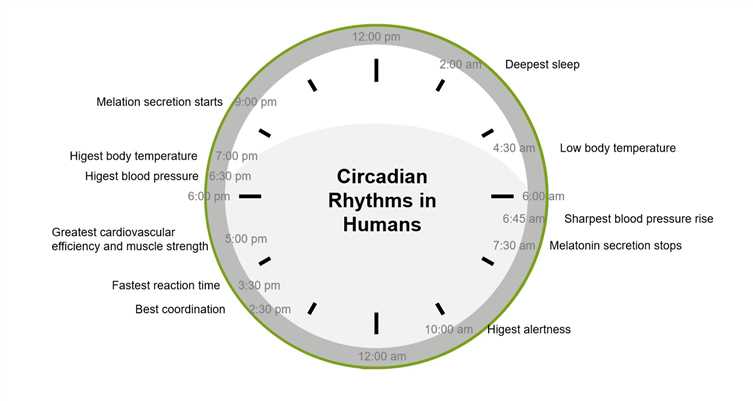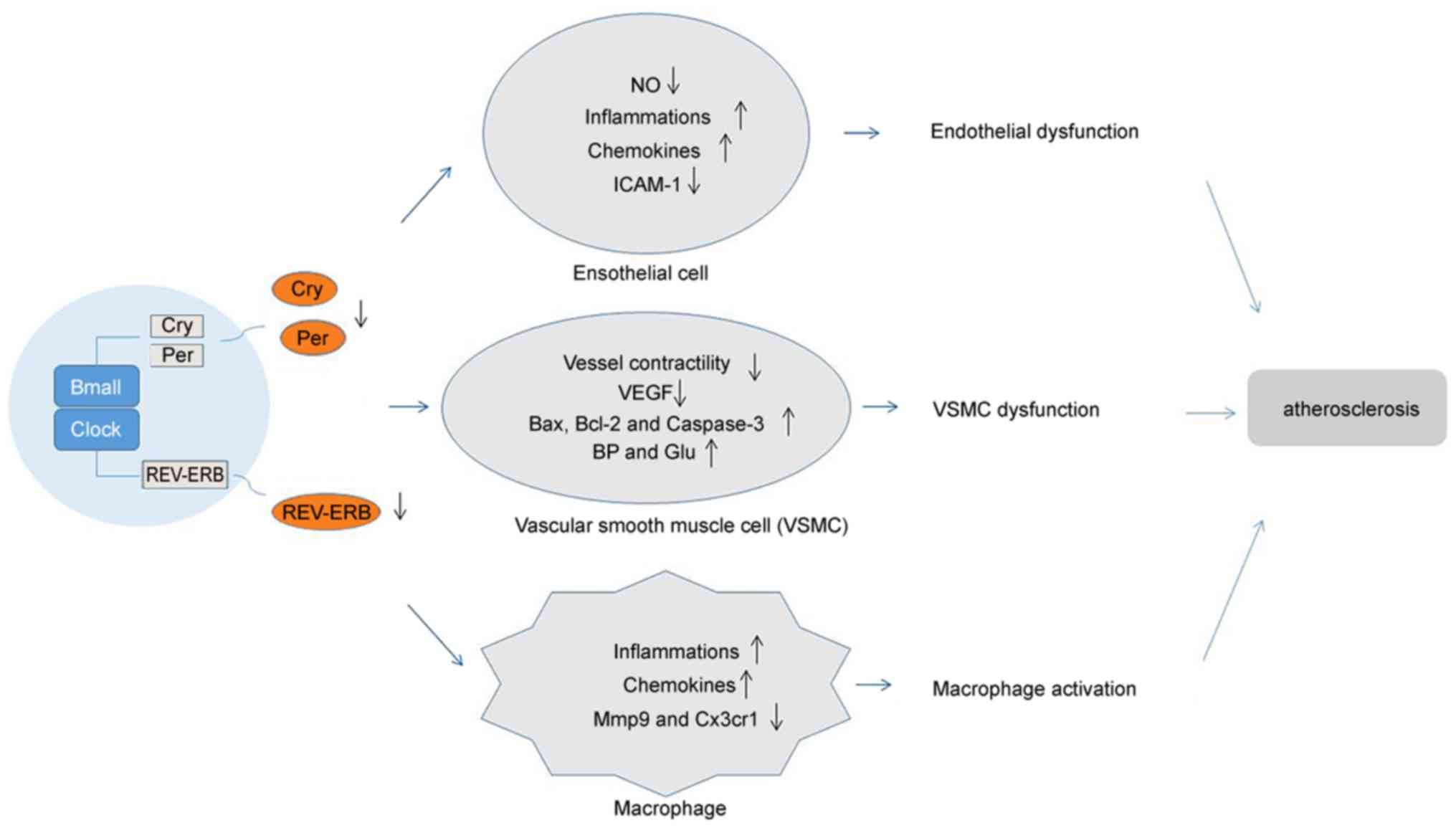Circadian Rhythm Molecules
About Circadian Rhythm Molecules
Circadian rhythm molecules are a group of molecules that control and regulate physiological rhythms in living organisms. Physiological rhythms are rhythmic changes in biological activities, such as the sleep-wake cycle, body temperature, metabolic activity, and hormone secretion, that occur in an organism during a cycle of approximately 24 hours. The regulation of physiological rhythms is mainly controlled by endogenous circadian pacemakers, a group of genetic and cellular mechanisms responsible for the generation and maintenance of physiological rhythms. Circadian rhythm molecules are an important part of these molecules, which are involved in the regulation and synchronization of physiological rhythms.
The major members of Circadian rhythm molecules include:
Gene Regulators: Some genes encode proteins that are involved in the generation and regulation of physiological rhythms. For example, CLOCK and BMAL1 are two major transcription factors that regulate physiological rhythms in organisms by forming complexes that activate other genes.
Cellular messengers: some messenger molecules are transmitted between cells to regulate physiological rhythms. For example, cellular messenger molecules such as VIP (pituitary adenohypophyseal ubiquitin-releasing hormone), AVP (antidiuretic hormone), and GR (glucocorticoid receptor) are thought to play important roles in the regulation of physiological rhythms.
Protein degradation and modification factors: some proteins regulate the stability and activity of circadian rhythm molecules. For example, the F-box protein Fbxl3 regulates physiological rhythms by promoting the degradation of circadian rhythm molecules.
By regulating the activity and expression levels of these circadian rhythm molecules, the biological clocks within cells can be synchronized and interact with external signals such as ambient light, thus enabling organisms to adapt to the earth's day and night changes.
Circadian rhythm molecules are also being studied extensively to understand how they affect health and disease, such as sleep disorders, depression and obesity.

Mechanism of Action and Signaling of Circadian Rhythm Molecules
Circadian rhythm molecules are involved in regulating the rhythmic behavior and physiological functions of the biological clock. These molecules interact with signaling pathways within the cell for precise regulation of the biological clock. Some common circadian rhythm molecules and their mechanisms of action or signaling pathways are described below:
- External Sensing Molecules: Some receptor proteins on the surface of cells can sense stimuli such as light, temperature, and odor in the external environment, convert these stimuli into biological signals, and transmit them to the inside of the cell.
- Clock Proteins: Clock proteins are key components of the biological clock, including two major classes of clock proteins: the first class is the clock core proteins, such as PER (Period) and CRY (Cryptochrome), which are found in the cytoplasm and nucleus, and are expressed and degraded cyclically, and play a role in regulating the rhythmic behavior of the biological clock; the second class is the clock regulatory proteins, such as CK1 (Casein Kinase 1), which influence the stability and activity of clock core proteins by interacting with them.
- Signaling Pathways: Clock core and clock regulatory proteins are involved in encoding and transmitting temporal information by interacting with other intracellular signaling pathways. Among them, phosphorylation and dephosphorylation are common regulatory mechanisms that can alter protein activity, subcellular localization, and interactions.
- Transcription Factors: clock core proteins and clock regulatory proteins can regulate the expression of a range of transcription factors, such as BMAL1 (Brain and muscle ARNT-like protein 1) and CLOCK (Circadian Locomotor Output Cycles Kaput), which can bind to time-responsive elements (TREs) and drive the transcription and expression of downstream genes.
Through the interactions of the above mechanisms of action and signaling pathways, Circadian rhythm molecules can ensure that organisms maintain relatively stable and adaptive physiological states, such as sleep-wake cycles, thermoregulation, and metabolic activities, during cyclic changes in the environment.
Physiological Roles of Circadian Rhythm Molecules
Circadian rhythm molecules control physiological and behavioral activities in organisms by periodically regulating gene expression and protein synthesis. The function of these molecules is important for maintaining the daily rhythms of organisms and adapting to environmental changes. The functions of Circadian rhythm molecules include:
Regulation of Clock Genes: Circadian rhythm molecules control the rhythms of organisms by regulating the expression of clock genes. These genes include PER, CRY, etc. Their expression is regulated by Circadian rhythm molecules and plays different roles at different time points.
Regulation of Sleep and Wakefulness: Circadian rhythm molecules are important for regulating sleep and wake cycles. Changes in their expression during sleep and wakefulness can affect the quality of sleep and wakefulness.
Control of Metabolic Processes: Circadian rhythm molecules control energy metabolism in the body by regulating the expression of metabolic genes. Changes in their expression can affect appetite, energy expenditure, and weight regulation.
Regulation of the Immune System: Circadian rhythm molecules have an important role in regulating the function of the immune system. They regulate the activity of immune cells and the generation of inflammatory responses, thus affecting the body's resistance and defense against pathogens.
Influence on Cardiovascular Function: Changes in the expression of circadian rhythm molecules can influence the function of the cardiovascular system. They regulate important physiological parameters such as heart rate, blood pressure, and blood circulation, thus maintaining the normal functioning of the cardiovascular system.
 Fig.2 The circadian clocks exerts effects on endothelial cells, vascular smooth muscle cells and macrophages and may have potential roles in atherosclerosis. (Zhang Z, et al., 2020)
Fig.2 The circadian clocks exerts effects on endothelial cells, vascular smooth muscle cells and macrophages and may have potential roles in atherosclerosis. (Zhang Z, et al., 2020)
Research Tools for Circadian Rhythm Molecules
The study of circadian rhythm molecules not only helps to understand the mechanism of biological clock regulation but also provides new ideas for the treatment and prevention of related diseases. Creative BioMart is one of the leading suppliers in the field of biotechnology and is committed to providing first-class scientific research products and services. Creative BioMart provides a wide range of reagents, recombinant proteins, and customized services related to circadian rhythm molecules, which help researchers understand the regulation of the biological clock and promote the progress and development of related fields.
Creative BioMart offers products related to the study of circadian rhythms, which include CLOCK, HTR7, and MTA2. Please click to see all related molecules/targets and research reagents. If you have any questions about our circadian rhythm molecules-related products or are interested in these products, please feel free to contact us, our customer service team will be happy to help you and answer any questions you may have. We look forward to interacting with you!
References:
- Zhang Z, Yu B, Wang X, Luo C, Zhou T, Zheng X, Ding J. Circadian rhythm and atherosclerosis (Review). Exp Ther Med. 2020 Nov;20(5):96.
- Harfmann BD, Schroder EA, Esser KA. Circadian Rhythms, the Molecular Clock, and Skeletal Muscle. Journal of Biological Rhythms. 2015;30(2):84-94.


